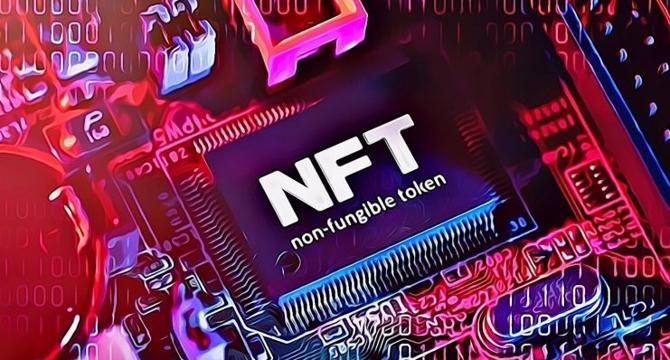NullTX
3w
304

Image Credit: NullTX
NFT Trading Volumes Decline Sharply, Reflecting Broader Crypto Market Slowdown
- The NFT market has seen a significant decline in trading volumes, with a plunge of over 60% in February 2025 compared to January, which had already experienced a 26% drop from December 2024.
- The downturn in NFT trading volumes reflects a broader market correction in the cryptocurrency sector, impacted by a retracement from record highs in 2024, notably seen in the decline of Bitcoin prices.
- The general caution among investors in digital assets has led to a pullback in the once enthusiastic NFT market, influenced by the weakening prices of cryptocurrencies and other digital assets.
- The decline in NFT trading volumes and marketplace activity indicates a significant slowdown in the NFT sector, coinciding with a volatile crypto market and economic contraction.
- Despite the substantial drop in NFT trades, the peak trading volumes in December 2024 reached around $1.36 billion, indicating the previous momentum before the subsequent decline in January and February.
- The relationship between NFT market health and Bitcoin's performance is evident, with both sectors experiencing a downturn amidst global uncertainties, affecting market sentiment and investor activity.
- Although NFT interest has waned due to market conditions, the potential of NFTs in revolutionizing digital ownership remains, hinting at future opportunities in decentralized trading ecosystems.
- While overall Dapp activity has decreased, niche categories such as AI, Social, and NFTs have shown resilience and user growth, indicating a diversification in blockchain technology applications.
- The future of NFTs remains uncertain amidst broader cryptocurrency market fluctuations, with potential for recovery depending on market stabilization and innovative use cases in the sector.
- In the midst of market challenges, NFT investors are adopting a cautious approach, waiting for market maturity before engaging in speculative investments, suggesting a shift towards long-term value assets in the NFT space.
- The NFT market's decline in early 2025 mirrors the broader crypto market trend, signaling a cautious yet evolving landscape where innovative Dapp types continue to emerge despite market uncertainties.
Read Full Article
18 Likes
For uninterrupted reading, download the app